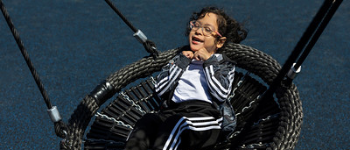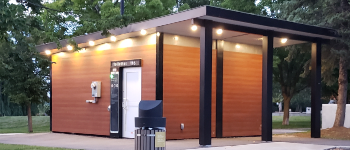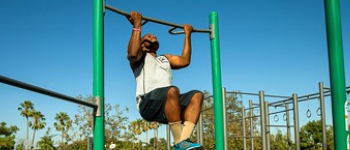Gazebo vs. Pergola: What Are The Differences and Benefits
Jan 12







Mar 09
At first glance, picking out seating for your sports complex may seem like one of the easiest decisions you need to make. However, it may not take long for you to realize that there is much more to stadium seating than simply a plank supported by a few legs. Today’s sports bleachers come in multiple styles that are designed to fit specific purposes, and you can use this guide to get started on understanding exactly what you need to provide seats to spectators at your facility.
A grandstand is what you typically see at larger sports arenas. These tend to raise high above the ground, and they can be installed with bench or chair seats. Since these are designed to accommodate large crowds, they work best for event spaces that host competitions for high school and college sports that tend to draw more spectators. Stadium bleachers are smaller, and they work great where you have multiple fields located on an outdoor athletic complex, and their size makes it easier to install shade structures overhead when they are desired. They can also be used indoors, and you have the option of foldable and rollable bleachers that give you more versatility for setting up for competitions.
Sports bleachers also come in elevated and non-elevated styles. An elevated bleacher is preferable when you need a clear line of sight for the game since it is raised high enough that people passing by do not block the view. Non-elevated bleachers allow the spectators on the lowest row to have their feet on the same level as the playing field. This type works well for youth sports such as Little League where visibility is less of a concern.
Gone are the days when wooden benches were the best seating you could find for sports. Our bleachers come in galvanized steel and aluminum so that you don’t have to worry about issues such as water damage and rot. Aluminum is lightweight yet strong. Galvanized steel is also known for its strength, and it is resistant to rust and corrosion.
Accessibility is an essential consideration that you need to plan for when you are selecting sports bleachers. ADA-compliant sports complexes must have wheelchair seating along with companion seats that allow for everyone to comfortably enjoy the game. You will also need to make sure that any stairs and ramps that are installed to access the bleachers are made using slip-resistant surfaces and have handrails that help people with limited mobility safely make their way to their seats.
The placement of bleachers can play a big role in how spectators interact with the players and coaches. With parent etiquette being a hot topic among youth sports professionals, you may need to consider how the layout of the sports field helps everyone promote a positive atmosphere. Providing two sets of bleachers on opposite sides of the field can cut down on conflicts between the fans of rival teams. Athletic complex designers have also found success with placing bleachers far enough away from the coaches and referees that parents are hindered from questioning the decisions made during the game.
Now that you have a basic overview of what is involved with selecting bleachers, you need to carefully consider factors such as how many people you expect to attend the games. Whether you need a custom set up for a high school football field or need to add a few bleachers to an established youth sports playground, we’ve got you covered with expert advice and all of the options you need to comply with local building codes and ordinances.